Definition of retail activation
Retail activation, a specific type of brand activation, refers to a strategic marketing approach aimed at engaging consumers and driving them to take action within a retail environment, such as a physical store or an e-commerce platform. The goal is to create a dynamic and interactive experience that encourages customers to make purchases, interact with products, and build a deeper connection with the brand.
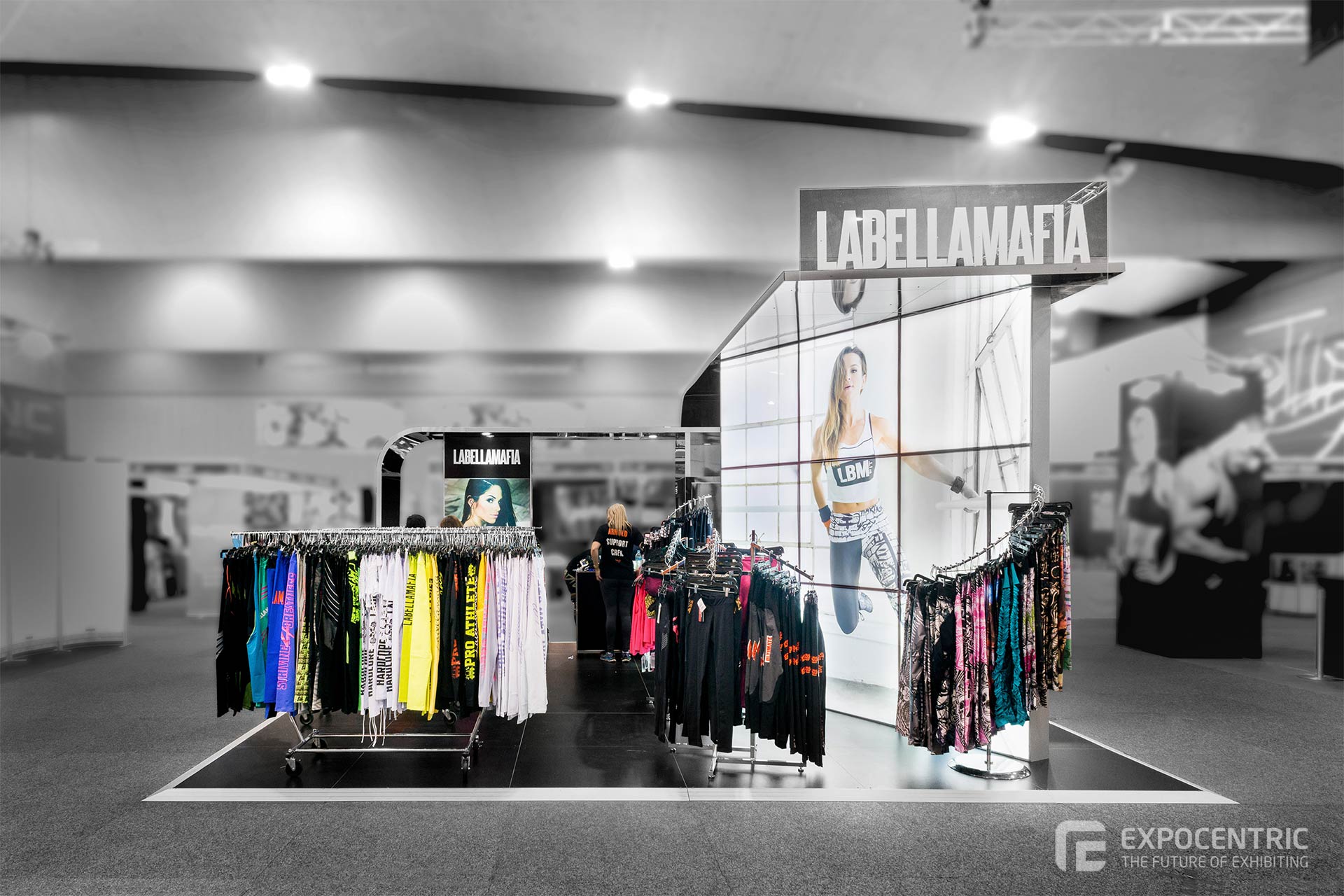
The Relationship Between Revenue & Retail Activation
The relationship between revenue and retail activation can vary depending on several factors, including the effectiveness of activation strategies, the current state of the industry, specific goals targeted to be achieved, and the overall economic climate. Effective retail activation enhances the customer experience by engaging them and enhancing their shopping experience, therefore and boosts revenue. When customers are more engaged and satisfied, they are more likely to make purchases, leading to increased sales and revenue.
In addition, retail activation can foster stronger connections between customers and brands, influencing purchase decisions and building brand loyalty, resulting in repeat business and higher revenue over time. Effective retail activation can also lead to spikes in revenue during specific periods, such as holiday-themed displays or promotional events. Data-driven optimization and a competitive advantage in the market further contribute to potential revenue growth, although success depends on alignment with business goals and the quality of execution. Businesses often track key performance indicators (KPIs) to assess the impact of retail activation on revenue, including sales data, customer satisfaction metrics, and ROI analysis.

Should Your Brand Create a Retail Activation Strategy?
A Retail activation can be a powerful tool for brands looking to engage customers, boost sales, grow their business, and strengthen their market presence. It is particularly effective for brand activations campaigns with physical retail locations or those seeking to create memorable in-person experiences. Retail activations facilitate businesses by connecting them with customers on a deeper level, showcase products, and differentiate their brand from competitors. However, it’s crucial to align with factors such as target audience, budget, available technologies, and the competitive landscape. When executed effectively, it can yield significant returns, but it should be a well-thought-out decision tailored to a brand’s unique circumstances.
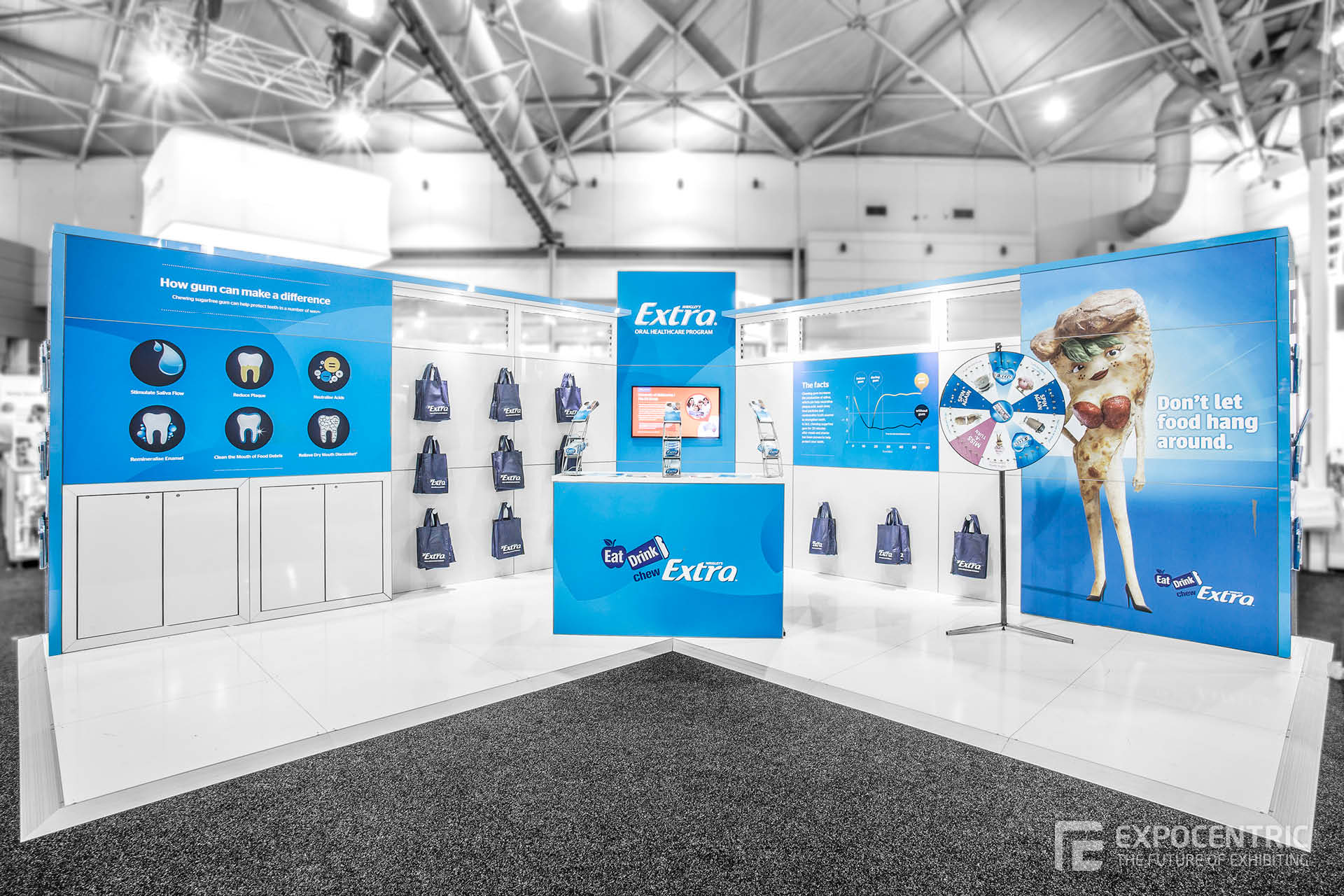
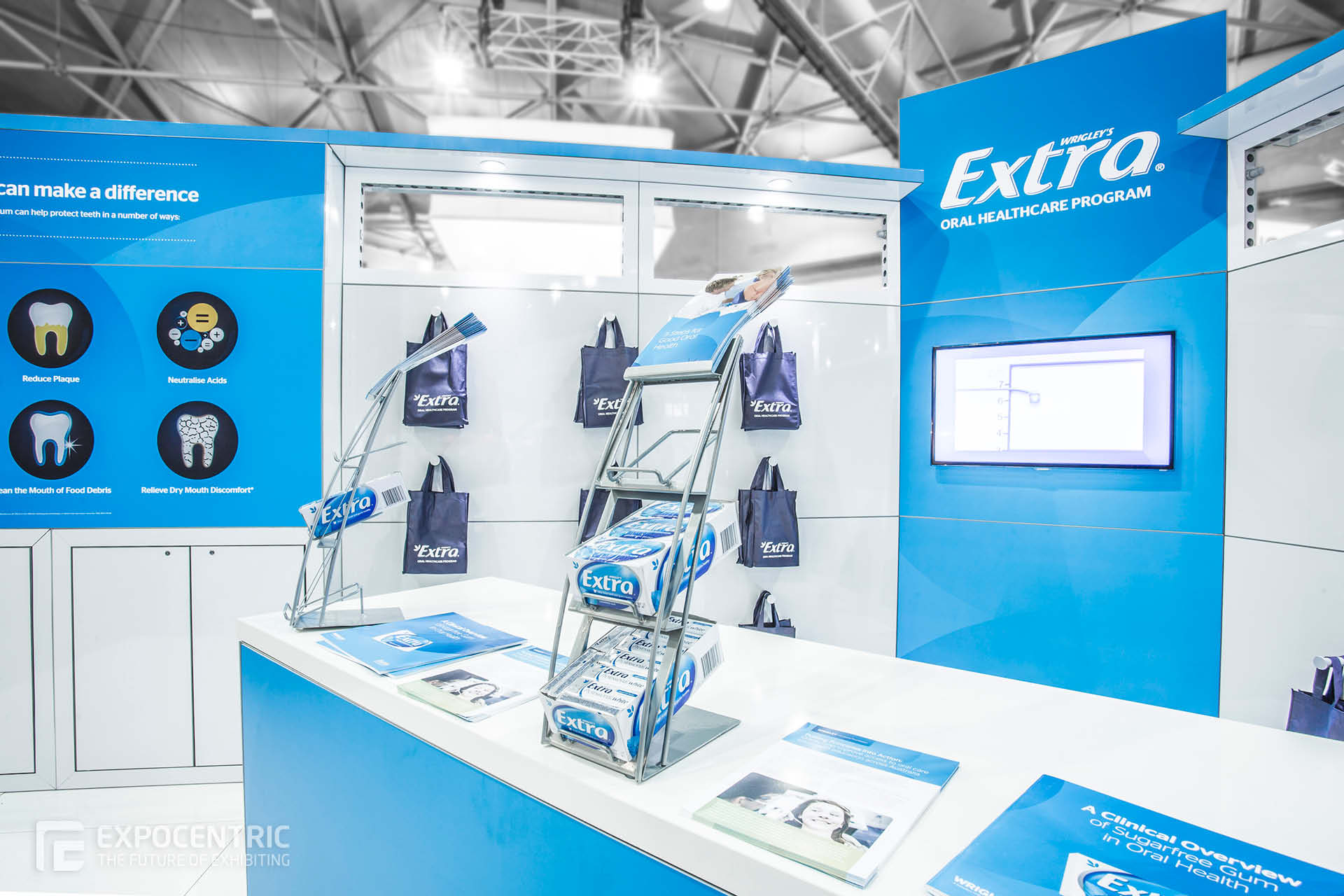
What Makes Retail Activation Successful in Today’s Setting?
In the realm of retail where the landscape is continually shaped by technology and consumer expectations, the art of transforming a conventional retail space or an ecommerce platform into a dynamic stage is key. It encompasses everything from captivating potential customers to engaging with and nurturing existing customers.
One of the primary objectives of retail activation is to attract customers and drive sales. It involves strategic brand activation efforts, such as in-store brand activation, that go beyond traditional advertising. Instead, it seeks to create memorable and immersive experiences that resonate with consumers. These experiences often include distinctive in-store activities, such as interactive displays and hands-on demonstrations, designed to engage customers on a personal level.
Retail Activations in the Digital Retail Space
In the age of online shopping and social media, retail activations are the bridge between virtual and the tangible spaces, creating experiences that transcend mere transactions. Social sharing also plays a pivotal role in shaping consumer decisions, and retail activation allows the creation of shareable moments that will influence and inform consumers about the brand. These moments not only raise brand awareness but also encourage customers to become brand advocates, spreading the word about their positive experiences.

Examples of retail activations
To illustrate the significance of retail activation, let’s explore some retail activation examples administered by Expo Centric:
A luxury pop up shop was fitted for Dior to provide an exclusive shopping haven for customers at Chadstone Shopping Centre. The store brand activation strategically occupied a prime location in the high-traffic designer area of the shopping centre, ensuring optimal exposure to our target customers. The stand was thoughtfully divided into three distinct colour-coded zones, each adorned with luxurious Dior fabric enveloping the pop-up. Illuminating the iconic Dior logo with subtle backlighting emphasised the timeless brand, complemented by strategically positioned lightboxes surrounding the activation. An intricately planned lighting scheme was meticulously crafted to showcase specific products and cultivate an opulent ambiance.

A Tesla product launch, strategically positioned in a high-traffic area, was built to leave a lasting impact at Chadstone Shopping Centre. The launch was designed to capture the attention of both ground floor passersby and customers on upper levels, including those utilising the escalator. An alluring contrast was achieved utilising the distinctive Tesla brand colours, featuring a unique circular white floor adorned with a prominent red Tesla car at its centre. Complementing this, a bespoke 9-foot high monument tower, elegantly coated in Tesla red, was erected, housing an illuminated backlit logo that served as a captivating focal point. The product launch also included multiple touch screen kiosks, a stripped down model of Tesla’s under chassis to show its patented batteries, and a car charging station, all of which are to make prospective customers feel what it’s like to own a Tesla and to make them experience the coveted methodology of charging a car with electricity.
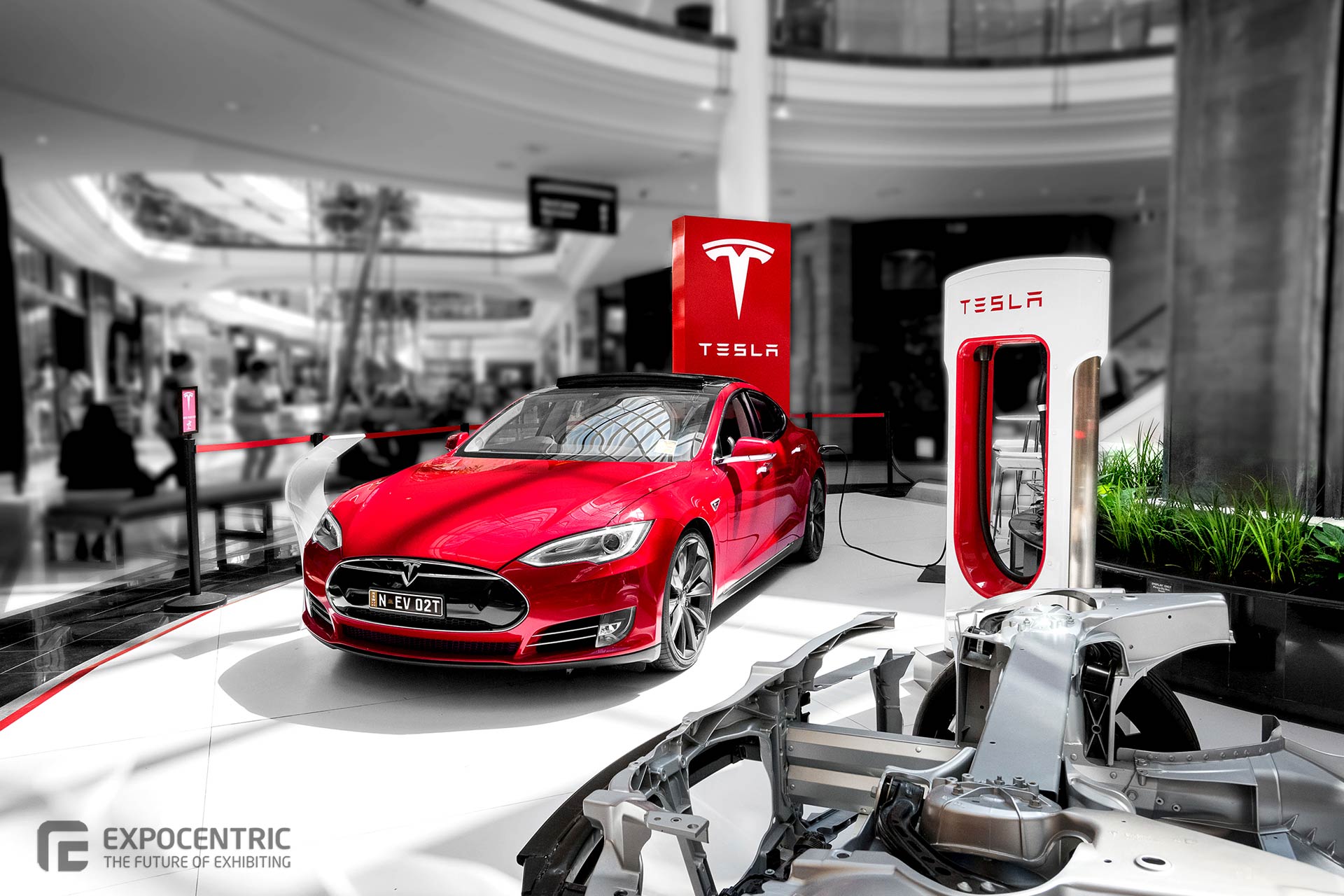


To celebrate and promote the Victoria’s Secret flagship store’s opening in Australia, the Expo Centric team orchestrated the design and construction of a bespoke pop-up store within Chadstone Shopping Mall. Seamlessly harmonising with its architectural surroundings, the Victoria’s Secret pop-up store garnered substantial attention, effectively luring customers from all corners. The meticulously curated space boasted luxurious plush carpet flooring, grandiose “Angel” imagery, circular display stands, and well-appointed changing rooms, strategically enticing patrons to indulge and try on the brand’s offerings.
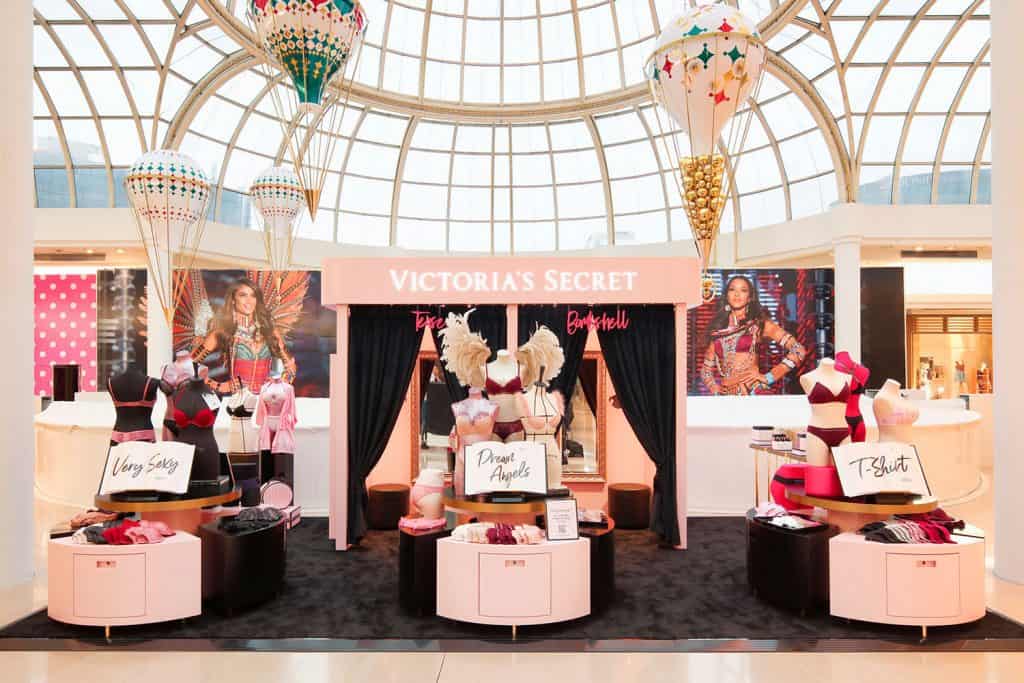
These experiential marketing campaigns invites customers to engage with products in innovative ways which allows businesses to create an environment customers want to be a part of, promoting not only their products but also a sense of belonging. These examples underscore the power of leveraging retail activation in crafting unique and memorable brand activation experiences.
Strategies for Retail Activations
A retail activation strategy is the approach a company will take to build their activation, bringing it to life. The following strategies are some approaches that companies can consider.
Promote Store Openings
The journey of a successful retail activation often begins with a grand entrance. Promoting store openings as events in themselves creates anticipation and excitement. Whether it’s the unveiling of a new boutique or a rejuvenated local business, an opening event can set the stage for a memorable retail experience.
Experiential Retail
The heart of retail activation lies in creating immersive experiences. Transforming a retail environment into an engaging and interactive space can capture the imaginations of both customers familiar with the brand and those stepping inside for the first time. This experiential approach not only differentiates your business but also stimulates purchases.
Integrating Virtual Reality
Applying virtual reality (VR) into retail activations can be a game-changer. VR allows customers to step into a different world, offering a glimpse of products and services in a unique and engaging way. This can also function in reverse where the brand and customer can use VR together to facilitate technical support processes, to simulate human interaction in solving concerns.

Engage Shoppers
Engaging customers is the cornerstone of retail activation. Encourage shoppers to become participants, not just spectators. Offer in-person instructions, host ticketed events that provide exclusive access, and present tech products that enhance their retail experience.
Create Shareable Moments
As mentioned earlier, the creation of shareable moments is essential. Craft unique and memorable experiences that customers want to share with their online communities. This not only raises awareness but also attracts new customers through the power of word-of-mouth marketing.
Foster Brand Loyalty
Successful retail activations go beyond immediate sales; they nurture loyalty. A loyal customer base is more likely to make repeat purchases and become ambassadors for your brand. Offer incentives such as free merchandise and rewards programs to keep them engaged.

Community Engagement
Connect with your community by hosting events that matter. An example would be partnering with a local animal shelter for a pet adoption event, demonstrating commitment to social causes. These free social gatherings not only showcases a brand but also raises awareness and creates a sense of belonging.
Overcome Challenges
Acknowledge that retail activation is not without its challenges. From managing multiple time slots for events to ensuring a hassle-free return policy, these logistical hurdles require meticulous planning and execution.
Embrace Technology
Technology offers significant factors in streamlining processes and enhancing customer experiences. Leverage online offerings to make online shopping seamless and convenient, and consider incorporating the most helpful tech products to streamline operations.
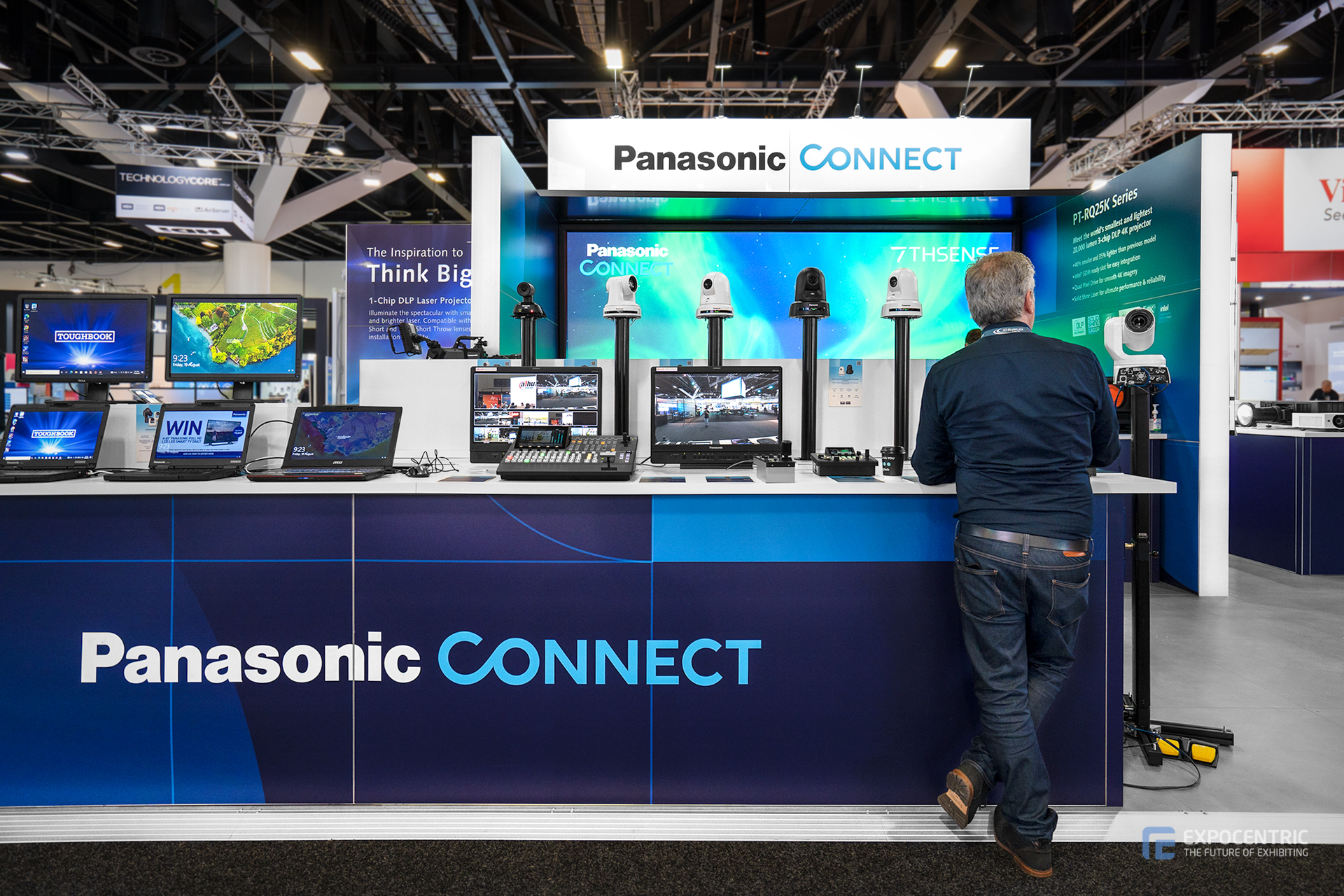
Unlocking Success with Retail Activations
Retail activations are not merely about attracting new customers; they’re also about retaining and nurturing existing ones. When customers feel a deeper connection with retail & brand activations, they are more likely to return, make repeat purchases, and become loyal supporters. It is more than just a buzzword. It’s a strategic imperative for businesses aiming to thrive in today’s competitive marketplace. It is the pathway to boosting revenue, nurturing loyalty, and creating lasting connections with customers. As consumer expectations continue to evolve, those who embrace the potential of retail activation will not only attract and retain customers but also thrive in an ever-changing retail landscape.
